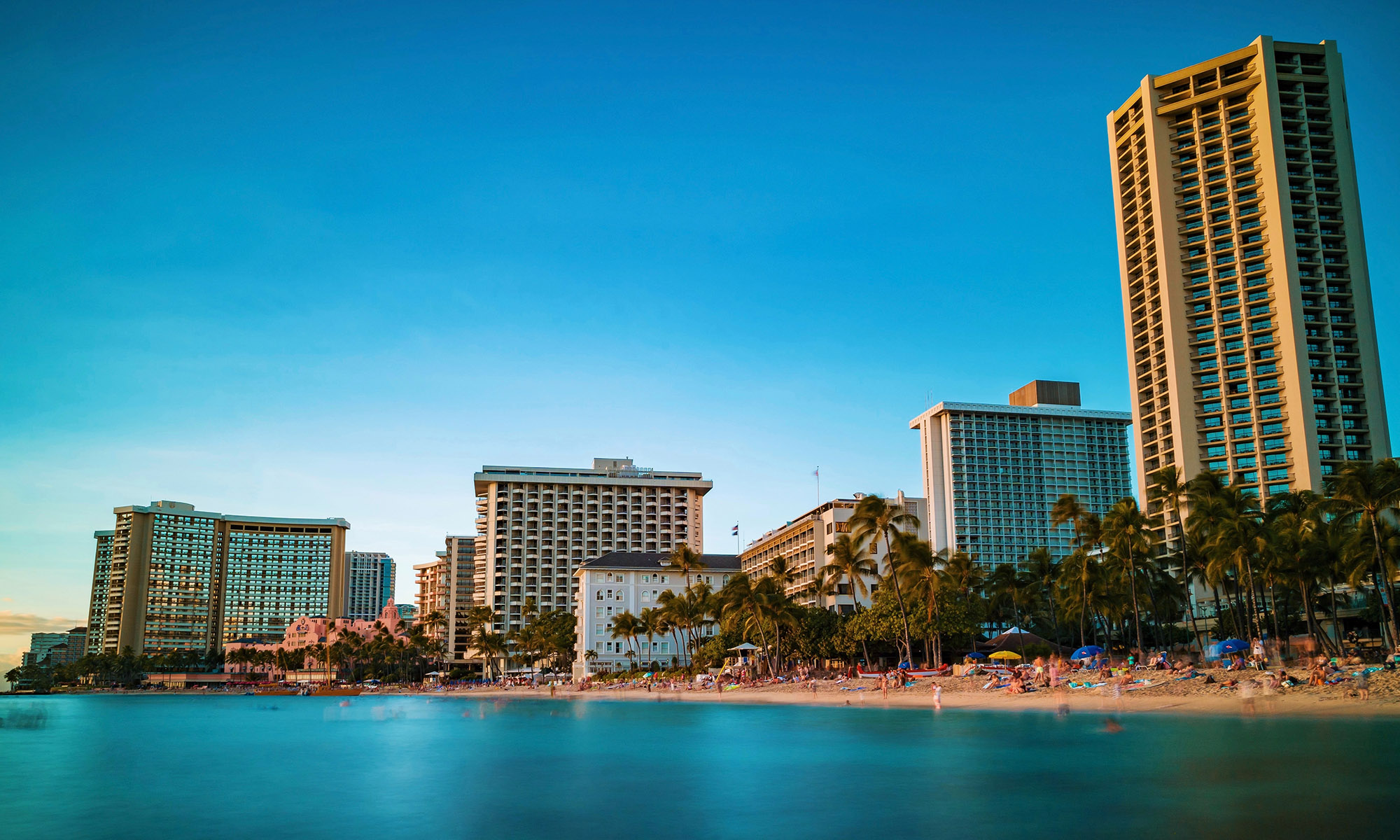It’s old news but sad news about the state of your daily newspaper.
For all practical reasons, the newsroom of the Honolulu Star-Advertiser has virtually shut down. Most reporters – the heartbeat of local news gathering – have been working from home since last fall. The work-at-home decision clearly is one way to reduce overhead costs.

But there’s something to say about devoted reporters and editors, toiling side by side with common goals of putting out a daily paper. The water fountain chit-chats are long gone. The camaraderie is nil.
“They closed the newsroom for good – can you believe it?” one veteran newsroom reporter told me in an email.
“It’s very sad and hurtful,” another said.
“(We’re) told everyone work-from-home is the new rule of law; I’m sure it’s saving the company a ton of money but the real expense is the lost of a vibrant newsroom.”
You’ve heard of “breaking news,” the usual media term whenever something worth your attention is announced. Well, “heartbreaking news” is the unannounced (to the public) situation at the Waterfront Row HQ of the morning daily. If TV reported this newsroom policy, I missed it. Honolulu magazine once dubbed the vicinity Death Row, since the early vibe of Restaurant Row (the site’s original name) disappeared.

So it’s a time to mourn, really.
As the state continues to struggle to return to restore the new normal for its citizens, the paper is shrinking and sinking its own ship by this work-at-home decree. I mean, haven’t the schools reopened for most campuses and government workers back to the daily routine since the protocols have been relaxed?
Sure, skeletal crews are still toiling at the paper; editors, page designers and select hired hands essential in getting the paper out still are bound to desk stations.
But the heartbeat of journalism is the corps of news-gatherers, working the phones and bellowing to colleagues and yakking about the latest restaurant to open or close, as part of the rhythm of newsroom life?
I know. I’ve been there. For 45 years full-time at the then-stand alone Honolulu Advertiser, located at the Kapiolani Blvd./South Street landmark, then another dozen years as a retired free-lance contributor writing a column for the combined Honolulu Star-Advertiser, till I was summarily dismissed because of the looming health threat in the spring of 2019. Cost-cutting was the convenient alibi, but I couldn’t live on what I was paid, anyway, since I worked from home and paid for my own entertainment fees when reviewing shows. Still do, for my online presence now.
You knew the paper was suffering, when the daily four-section product became a two-second minimalist, when the pandemic was invasive and shutting down everything. It cut out a Saturday edition (online only, still) but restored the sports section so the daily paper now has three sections. The fourth – formerly Today, Island life when there were two papers, and then Detours as part of the merger– is seemingly gone forever. The arts community misses the separate entertainment/features section most papers traditionally retain. The newish Crave tabloid, like the Sunday Dining Out pull-out, is mainly an avenue for potential advertisers, lured to buy a Wednesday and a Sunday combo ad. Many of the food reporters work from home, too.
Full-time beat reporters no longer have an office desk or phone. Go figure.
As one source indicated, “they (the bean counters) set up offices on the fifth floor for when people need a space to work, but no dedicated desks. And the newspaper is really bad; it’s embarrassing. I don’t have to tell you that.”
It’s also clear that the union has no muscle to argue the necessity and validity of the newsroom vibe. Not sure if some, or most, reporters like working from home, paying for their own smart phones and utilizing their own computers to file a story. The side amenity: no bosses to bother you.
The cutbacks might have been an essential decision when COVID was a daunting enemy, but the villain now appears to be at the publisher level with a mission to keep costs down.
The office communal esprit is what’s missing, for veteran reporters who know that camaraderie is part of the vitality of the newsroom.
“I miss the buzz and energy of the newsroom – a truly unique workspace. And especially in our business; you need to be able to bounce off each other, walk around, shoot the bull, compare notes, etc.,” said one longtimer. The vacuum might also impact cub reporters, at the start of their print careers. “How are the rookies supposed to learn, the ropes without being able to see the pros in action, yelling at each other and over the phone,” said the vet, hanging in there but can’t wait to retire. …
And that’s Show Biz. …











